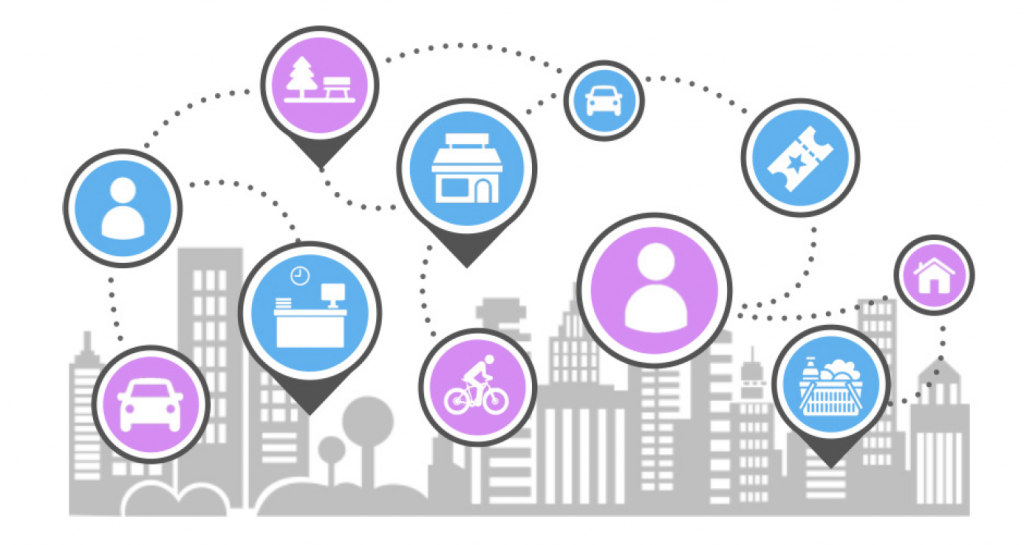Top 10 Use Cases: Knowledge Graphs

Chief Scientist, Neo4j
1 min read

Graph technology is the future. Not only do graph databases effectively store relationships between data points, but they’re also flexible in adding new kinds of
relationships or adapting a data model to new business requirements.
But how do companies today use graph databases to solve tough problems? In this blog series, we are covering the top 10 use cases for graph technology and for each we include a real-world example. This blog series continues with a look at using graph technology with knowledge graphs.
Use Case #3: Knowledge Graphs
With a traditional keyword-based search, delivery results are random, diluted and low-quality. You can’t really ask more precise, useful questions and get back the most relevant and meaningful information.
Much in the same way, relational databases are inflexible to future change: If you want to add new kinds of content or make structural changes, you are forced to rework the relational model.
Why Use Graph Technology for a Knowledge Graph?
The standard approach to search is a cumbersome process of repeatedly redefining your search terms until you finally hit on something of interest. This is limiting, especially as users grow accustomed to contextual searches that understand user intent..
There’s also the future of search:
- Voice search means we ask and our devices react.
- Ubiquitous functionality of search will appear in emerging applications and more
devices. - Paid search is going to necessitate deeper product knowledge and purchase power.
To augment your enterprise search capabilities, you need a knowledge graph with graph-based search capabilities to deliver only relevant, contextual results.
Example: NASA
David Meza, Chief Knowledge Architect at NASA, needed a more efficient way to examine data relationships between different lessons learned over the last 50 years of space exploration.
He said, “We had been using a standard key list search,” which was limited given their information was stored in a lot of separate silos.
David and his team of engineers and scientists weren’t able to connect the dots of their data from a relational model, resulting in time-consuming and costly projects. Not only that, but a common goal of these projects is to find patterns and solve problems to avoid repeating
them in the future.
“We have a ‘big data’ problem – not only in structured data, but unstructured data – and we are continually gathering more data,” David said. “I need a product or an application that can go across and develop millions if not billions of nodes, connect that information, and at fast
speeds.”
David and his team discovered Neo4j to be the scalable tool they needed, one that is capable of looking at millions and millions of nodes.
“Previously, this information was stored in separate silos,” he said. “Now we’re able to connect the dots and uncover trends across the years as to what systems and subsystems may have been impacted by experiments we’re running in the space station.”
For NASA’s “lessons learned” project, using Neo4j found certain information regarding Orion and Apollo eras that prevented a current issue from becoming a problem, saving well over two years of work and one million dollars of taxpayer funds.
Conclusion
When users are given the most relevant (and possibly unexpected) search results, engagement and satisfaction is higher. But without the context of relationships and metadata, searches fail to provide precise results a user is looking for.
With large and growing volumes of data assets, you need a knowledge graph to accommodate the relationships inherent in your dataset. By utilizing a graph database, you’ll have improved access to information, where users and customers find the product, service
or digital asset they need most.
Next week, in blog 4 of our series on the top 10 use cases, we will cover the power of graph technology in creating robust anti-money laundering use cases.
.









